Hn Nature Photography Biography
Source(google.com.pk)This article is about the art critic, John Ruskin. For the painting of John Ruskin by Millais, see John Ruskin (painting).
John Ruskin
John Ruskin - Portrait - Project Gutenberg eText 17774.jpg
Coloured engraving of Ruskin
Born 8 February 1819
54 Hunter Street, Brunswick Square, London, England
Died 20 January 1900 (aged 80)
Brantwood, Coniston, England
Occupation Writer, art critic, draughtsman, watercolourist, social thinker, philanthropist
Citizenship English
Alma mater Christ Church, University of Oxford
King's College London
Period Victorian era
Notable work(s) Modern Painters 5 vols. (1843–60), The Seven Lamps of Architecture (1849), The Stones of Venice 3 vols. (1851–53), Unto This Last (1860, 1862), Fors Clavigera (1871–84), Praeterita 3 vols. (1885–89).
Spouse(s) Euphemia Chalmers Gray (1828–1897) (marriage annulled)
John Ruskin (8 February 1819 – 20 January 1900) was the leading English art critic of the Victorian era, also an art patron, draughtsman, watercolourist, a prominent social thinker and philanthropist. He wrote on subjects ranging from geology to architecture, myth to ornithology, literature to education, and botany to political economy. His writing styles and literary forms were equally varied. Ruskin penned essays and treatises, poetry and lectures, travel guides and manuals, letters and even a fairy tale. The elaborate style that characterised his earliest writing on art was later superseded by a preference for plainer language designed to communicate his ideas more effectively. In all of his writing, he emphasised the connections between nature, art and society. He also made detailed sketches and paintings of rocks, plants, birds, landscapes, and architectural structures and ornamentation.
He was hugely influential in the latter half of the 19th century, and up to the First World War. After a period of relative decline, his reputation has steadily improved since the 1960s with the publication of numerous academic studies of his work. Today, his ideas and concerns are widely recognised as having anticipated interest in environmentalism, sustainability and craft.
Ruskin first came to widespread attention with the first volume of Modern Painters (1843), an extended essay in defence of the work of J. M. W. Turner in which he argued that the principal role of the artist is "truth to nature". From the 1850s he championed the Pre-Raphaelites who were influenced by his ideas. His work increasingly focused on social and political issues. Unto This Last (1860, 1862) marked the shift in emphasis. In 1869, Ruskin became the first Slade Professor of Fine Art at the University of Oxford, where he established the Ruskin School of Drawing. In 1871, he began his monthly "letters to the workmen and labourers of Great Britain", published under the title Fors Clavigera (1871–1884). In the course of this complex and deeply personal work, he developed the principles underlying his ideal society. As a result, he founded the Guild of St George, an organisation that endures today.
Contents [hide]
1 Early life (1819–1846)
1.1 Genealogy
1.2 Childhood and education
1.3 Travel
1.4 First publications
1.5 Oxford
1.6 Modern Painters I (1843)
1.7 1845 tour and Modern Painters II (1846)
2 Middle life (1847–1869)
2.1 Marriage to Effie Gray
2.2 Architecture
2.3 The Stones of Venice
2.4 The Pre-Raphaelites
2.5 Ruskin and education
2.6 Modern Painters III and IV
2.7 Ruskin the public lecturer
2.8 Turner Bequest
2.9 Ruskin's religious "unconversion"
2.10 Ruskin the Social Critic and Reformer: Unto This Last
2.11 Lectures in the 1860s
3 Later life (1869–1900)
3.1 Oxford’s first Slade Professor of Fine Art
3.2 Fors Clavigera and the Whistler Libel Case
3.3 The Guild of St George
3.4 Rose La Touche
3.5 Travel guides
3.6 Final writings
3.7 Brantwood
3.8 Personal appearance
4 Legacy
4.1 International
4.2 Art, architecture and literature
4.3 Craft and conservation
4.4 Society and education
4.5 Politics and economics
4.6 Ruskin in the 21st-century
5 Theory and criticism
5.1 Art and design criticism
5.2 Historic preservation
5.3 Social theory
6 Controversies
6.1 Turner's erotic drawings
6.2 Sexuality
6.3 Supposed authorship of common law of business balance
7 Definitions
8 Fictional portrayals
9 Paintings
10 Select bibliography
10.1 Works by Ruskin
10.2 Selected diaries and letters
10.3 Selected editions of Ruskin still in print
11 See also
12 References
13 Sources
14 Further reading
14.1 Biographies of Ruskin
15 External links
Early life (1819–1846)[edit]
Genealogy[edit]
Ruskin was the only child of first cousins.[1] His father, John James Ruskin (1785–1864), was a sherry and wine importer[1] founding partner and de facto business manager of Ruskin, Telford and Domecq (see Allied Domecq). John James was born and brought up in Edinburgh, Scotland, to a mother from Glenluce and a father originally from Hertfordshire.[1][2] His wife, Margaret Cox, née Cock (1781–1871), was the daughter of an aunt on the English side of the family and a publican in Croydon.[1] She had joined the Ruskin household when she became companion to John James's mother, Catherine.[1]
John James had hoped to practice law, but was instead articled as a clerk in London.[1] His father, John Thomas Ruskin, described as a grocer (but apparently an ambitious wholesale merchant), was an inadequate businessman. To save the family from bankruptcy, John James, whose prudence and success were in stark contrast to his father, took on all debts, settling the last of them in 1832.[1] John James and Margaret were engaged in 1809, but opposition to the union from John Thomas, and the issue of the debt, delayed their wedding which was finally conducted without celebration in 1818.[3]
Childhood and education[edit]
Ruskin as a young child, painted by James Northcote.
Ruskin was born at 54 Hunter Street, Brunswick Square, London (demolished 1969), south of St Pancras railway station.[4] His childhood was characterised by the contrasting influences of his father and mother, both fiercely ambitious for him. John James Ruskin helped to develop his son’s Romanticism. They shared a passion for the works of Byron, Shakespeare and especially Walter Scott. They visited Scott's home, Abbotsford in 1838, but Ruskin was disappointed by its appearance.[5] Margaret Ruskin, an Evangelical Christian, more cautious and restrained than her husband, taught young John to read the King James Bible from beginning to end, and then to start all over again, committing large portions to memory. Its language, imagery and stories had a profound and lasting effect on his writing.
Ruskin’s childhood was spent from 1823 at 28 Herne Hill (demolished c. 1912), Herne Hill, near the village of Camberwell in South London.[6] It was not the friendless and toyless experience he later claimed in his autobiography, Praeterita (1885–89).[4] He was educated at home by his parents and private tutors, and from 1834–35 attended the school in Peckham run by the progressive Evangelical, Thomas Dale (1797–1870).[7] Ruskin heard Dale lecture in 1836 at King's College London, where he was the first professor of English Literature.[4]
Travel[edit]
10 Rose Terrace, Perth (on the right), where Ruskin spent boyhood holidays with Scottish relatives
Ruskin was greatly influenced by the extensive and privileged travels he enjoyed in his childhood. It helped establish his taste and augmented his education. His father visited business clients in Britain's country houses, exposing him to English landscapes, architecture and paintings. Tours took them to the Lake District (his first long poem, Iteriad, was an account of his 1830 tour)[8] and to relations in Perth, Scotland. As early as 1825, the family visited France and Belgium. Their continental tours became increasingly ambitious in scope, so that in 1833 they visited Strasbourg, Schaffhausen, Milan, Genoa and Turin, places to which Ruskin frequently returned. He developed his lifelong love of the Alps, and in 1835 he first visited Venice,[9] that 'Paradise of cities' that formed both the symbol in and the subject of much of his later work.[10]
The tours provided Ruskin with the opportunity to observe and to record his impressions of nature. He composed elegant if largely conventional poetry, some of which was published in Friendship’s Offering.[11] His early notebooks and sketchbooks are full of visually sophisticated and technically accomplished drawings of maps, landscapes and buildings, remarkable for a boy of his age. He was profoundly affected by a copy of Samuel Rogers’s poem, Italy (1830), which was given to him as a 13th birthday present. In particular, he admired deeply the accompanying illustrations by J. M. W. Turner, and much of his art in the 1830s was in imitation of Turner, and Samuel Prout whose Sketches and Flanders and Germany (1833) he also admired. His artistic skills were refined under the tutelage of Charles Runciman, Copley Fielding and James Duffield Harding. Gradually, he abandoned his picturesque style in favour of naturalism.
First publications[edit]
Ruskin's journeys also provided inspiration for writing. His first publication was the poem "On Skiddaw and Derwent Water" (originally entitled Lines written at the Lakes in Cumberland: Derwentwater and published in the Spiritual Times) (August 1829).[12] In 1834 three short articles for Loudon's Magazine of Natural History were published. They show early signs of his skill as a close “scientific” observer of nature, especially its geology.[13]
From September 1837 to December 1838, Ruskin’s The Poetry of Architecture was serialised in Loudon's Architectural Magazine, under the pen name "Kata Phusin" (Greek for "According to Nature").[14] It was a study of cottages, villas, and other dwellings which centred on a Wordsworthian argument that buildings should be sympathetic to their immediate environment and use local materials and anticipated key themes in his later writings. In 1839, Ruskin’s ‘Remarks on the Present State of Meteorological Science’ was published in Transactions of the Meteorological Society.[15]
Oxford[edit]
In Michaelmas 1836, Ruskin matriculated at the University of Oxford, taking up residence at Christ Church in January of the following year.[16] Enrolled as a "gentleman-commoner", he enjoyed equal status with his aristocratic peers. His study of classical “Greats” might, his parents hoped, lead him to take Holy Orders and become a bishop, perhaps even the Archbishop of Canterbury. Ruskin was generally uninspired by Oxford and suffered bouts of illness. Perhaps the keenest advantage of his time in residence was found in the few, close friendships he made. His tutor, Rev William Lucas Brown, was always encouraging, as was a young senior tutor, Henry Liddell (later the father of Alice Liddell) and a private tutor, Rev Osborne Gordon.[17] He became close to the geologist and natural theologian, William Buckland. Among Ruskin’s fellow undergraduates, the most important friends were Charles Thomas Newton and Henry Acland.
His biggest success came in 1839 when at the third attempt he won the prestigious Newdigate Prize for poetry (Arthur Hugh Clough came second).[18] He met William Wordsworth, who was receiving an honorary degree, at the ceremony. But Ruskin never achieved independence at Oxford. His mother lodged on High Street and his father joined them at weekends. His health was poor and he was devastated to hear his first love, Adèle Domecq, second daughter of his father’s business partner, was engaged to a French nobleman. In the midst of exam revision, in April 1840, he coughed blood, raising fears of consumption, and leading to a long break from Oxford.[19]
Before he returned, he answered a challenge set down by Effie Gray, whom he later married. During a six-week break at Leamington Spa to undergo Dr. Jephson’s (1798–1878) celebrated salt-water cure, Ruskin wrote his only work of fiction, the fairy tale, The King of the Golden River (published in December 1850 (but imprinted 1851) with illustrations by Richard Doyle).[20] A work of Christian sacrificial morality and charity, it is set in the Alpine landscape Ruskin loved and knew so well. It remains the most translated of all his works.[21] At Oxford, he sat for a pass degree in 1842, and was awarded with an uncommon honorary double fourth-class degree in recognition of his achievements.
Hn Nature Photography Nature Photography Art Black and White Wallpaper Flowers Tumblr Backgrounds Hd Wallpapers Hd Gallery Birds

Hn Nature Photography Nature Photography Art Black and White Wallpaper Flowers Tumblr Backgrounds Hd Wallpapers Hd Gallery Birds

Hn Nature Photography Nature Photography Art Black and White Wallpaper Flowers Tumblr Backgrounds Hd Wallpapers Hd Gallery Birds
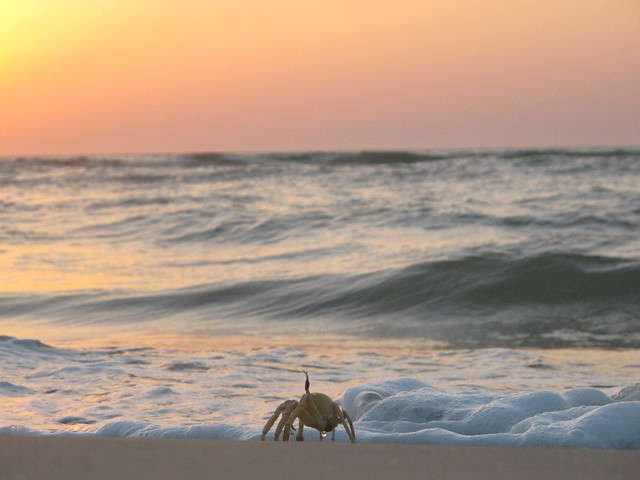
Hn Nature Photography Nature Photography Art Black and White Wallpaper Flowers Tumblr Backgrounds Hd Wallpapers Hd Gallery Birds

Hn Nature Photography Nature Photography Art Black and White Wallpaper Flowers Tumblr Backgrounds Hd Wallpapers Hd Gallery Birds
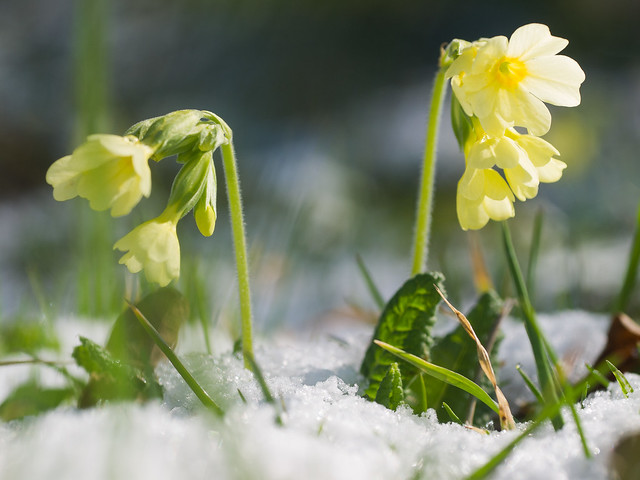
Hn Nature Photography Nature Photography Art Black and White Wallpaper Flowers Tumblr Backgrounds Hd Wallpapers Hd Gallery Birds
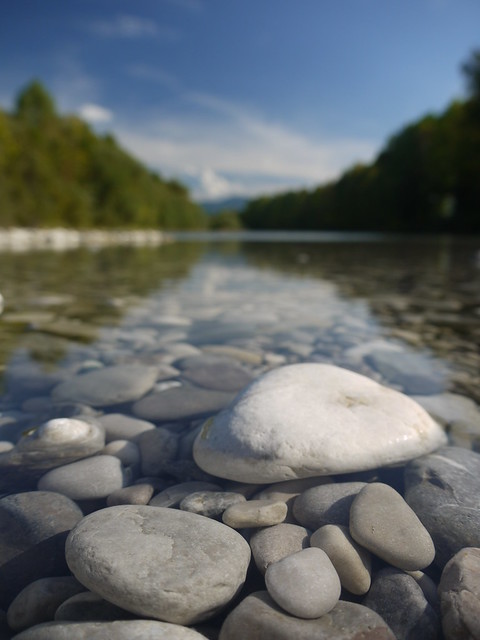
Hn Nature Photography Nature Photography Art Black and White Wallpaper Flowers Tumblr Backgrounds Hd Wallpapers Hd Gallery Birds
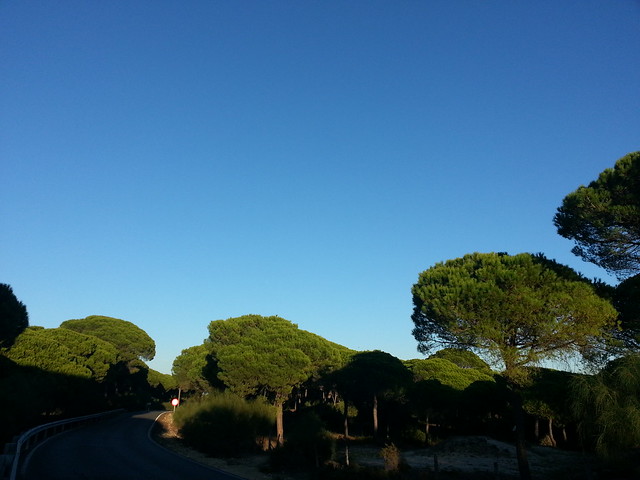
Hn Nature Photography Nature Photography Art Black and White Wallpaper Flowers Tumblr Backgrounds Hd Wallpapers Hd Gallery Birds

Hn Nature Photography Nature Photography Art Black and White Wallpaper Flowers Tumblr Backgrounds Hd Wallpapers Hd Gallery Birds

Hn Nature Photography Nature Photography Art Black and White Wallpaper Flowers Tumblr Backgrounds Hd Wallpapers Hd Gallery Birds
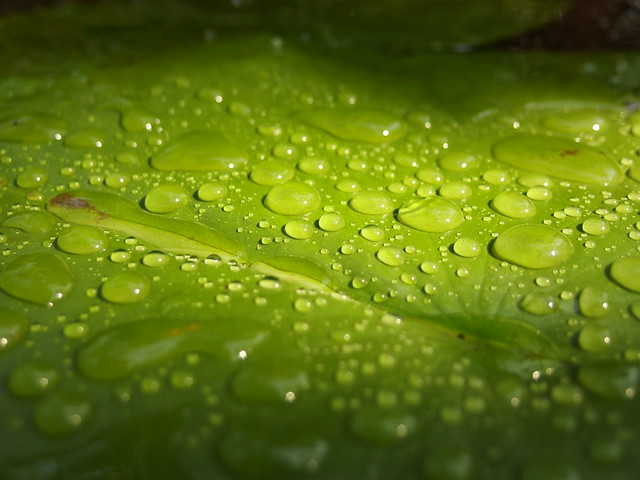
No comments:
Post a Comment